Part 1 – The Why and How of Return-to-Work Programs
Companies across the US struggle to fill roles as experienced team members exit for new opportunities or retirement. Boards and leadership teams also recognize the value of building community through diversity, equity, and inclusion (DEI). Therefore, recruiting and developing workplace talent is a top-of-mind issue for many leaders. This month, we’ll look at some disruptive options to attract new employees and increase their potential.
Career breaks are more common than most hiring guides lead one to think, occurring at all life stages and across the demographic spectrum. Talented people commonly experience unexpected life changes, injuries, or family care commitments that trigger such breaks. Breaks may also be the result of military or volunteer service. Importantly, mothers are a significant portion of those who step away, creating a substantial gap in their future opportunities. After a career break, returning to work often feels punitive because the lifestyle changes are more extensive than those faced by other new employees. As a result, thoughtful leaders launch return-to-work programs to attract and re-introduce candidates into their companies and long-term career roles. We’ll look at why these programs are needed, what elements contribute to returner success, and where to find resources to build a return-to-work (or returnship) program in your company.
Intentional support for the returning worker is as critical to success as the orientation, training, and guidance typical for a new hire. The person returning to work after a career break will, of course, need familiarization with the company culture, systems, and organization. However, they may also be unfamiliar with new business technologies and buzzwords (for example, virtual meeting platforms and WFH). They will also be constructing new routines and rituals to replace the daily patterns of their previous responsibilities. Returners may also face social and emotional barriers due to their own and others’ assumptions about their career breaks. A consciously constructed return-to-work program immerses accepted candidates into the company before engaging them with their specific roles. Structured activities help program participants understand the company, and assigned mentors introduce them to other employees and help address any challenges. After some time (usually 12 weeks), the returners (interns in some programs) will transition into full-time job roles reporting to their new manager.
Several elements contribute to successful returnship programs. First, starting small, with a few roles in high demand and managers who are excited, socializes the intent and practice of the program with existing employees and proves its value to leadership. It’s wise to have a clear plan to overcome hiring manager resistance by anticipating and overcoming questions and anxieties and establishing champions and sponsors who actively support the effort. Second, your leaders should carefully plan the program to address known issues. For example, many candidates will not apply unless they meet every criterion in a job posting. That means managers should write program job descriptions to cover a broad set of skills paired with program elements that align the returners to their best role. Mentors can be at any level in a company, but they need to ask good questions and listen to the interns. Engage the receiving teams early to welcome their new member and help anchor them in the company. Sharing resources like iRelaunch’s podcast “3, 2, 1, iRelaunch” supports empathy between existing employees and program participants. Lastly, interview everyone working in the program and use their feedback for targeted improvements.
Many resources are available for companies and leaders wishing to learn more about how a return-to-work program can boost hiring and complement a diversity strategy. The first place to look is your state’s employment security department, which acts as a central point of contact for both employers and workers. They can recommend existing programs you may use as a model and resources to help you get a program started. In addition, organizations such as iRelaunch, Fairy Godboss, and Path Forward help employers start and returners find programs that fit their skills. It would help if you also looked at other companies within your industry for ideas. Trade organizations frequently sponsor workforce development and education arms, like the National Association of Manufacturers Manufacturing Institute. The National Manufacturing Institutes also support such programs for their members.
A return-to-work program can be a win-win-win-win in any organization. First, people returning to work from a career break will benefit from intentional efforts to help them engage with their new company’s work- and lifestyle. Second, existing employees will receive fresh perspectives on life paths and more fully engaged new team members. Third, hiring managers will feel more supported by their leadership and focus employee coaching on job-specific skills and knowledge. Finally, a more diverse employee base will improve your company through increased candidates, company profitability, culture, creativity, and customer service. I encourage you to engage your leadership team using the ideas and resources in this article.
The inspiration for this article came during the Manufacturing Institutes’ D&I Roundtable event “Recruiting and Retaining Talent Using Return-to-Work Programs” this summer. I recommend their events to leaders looking to advance their hiring using proven models and ideas.
Reach out to me if you want to know more or discuss your medical product development or business challenges.
https://www.linkedin.com/company/katrina-rogers-consulting-llc
https://calendly.com/katrinarogers
Text Copyright © 2021 Katrina Rogers
Photo courtesy of Pixabay
